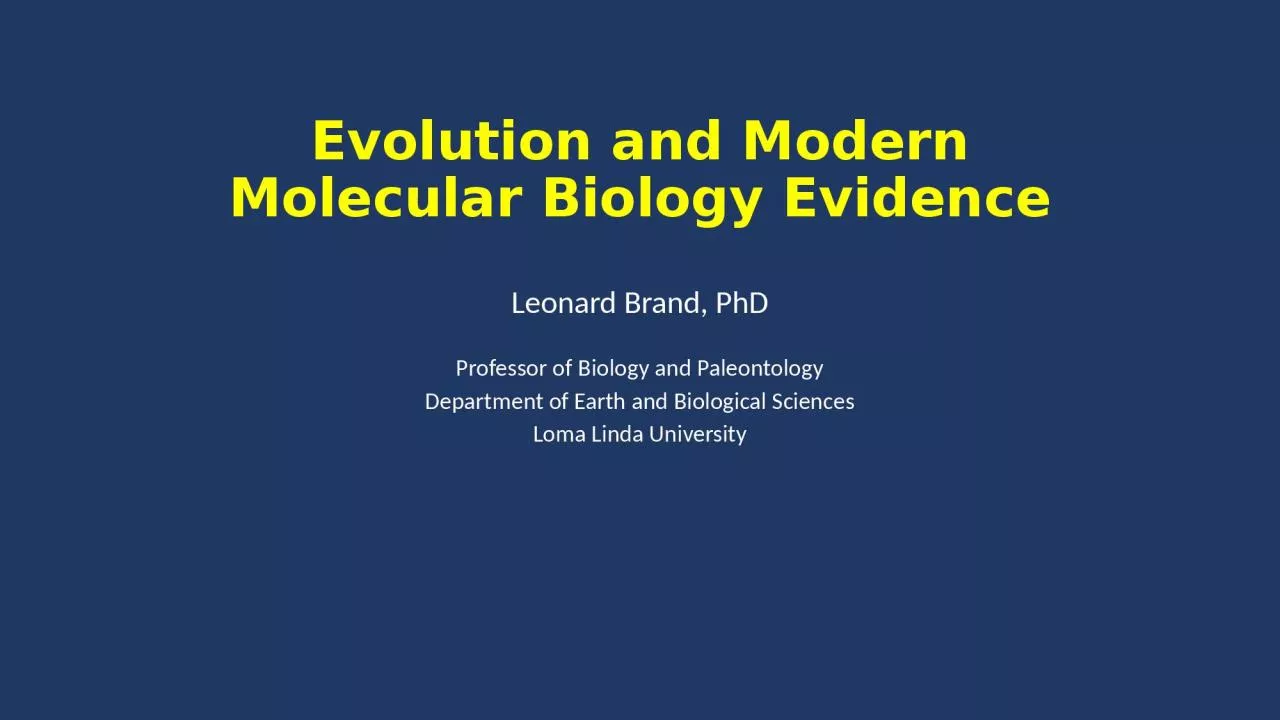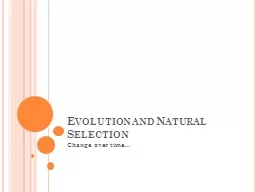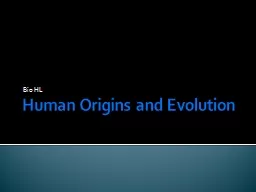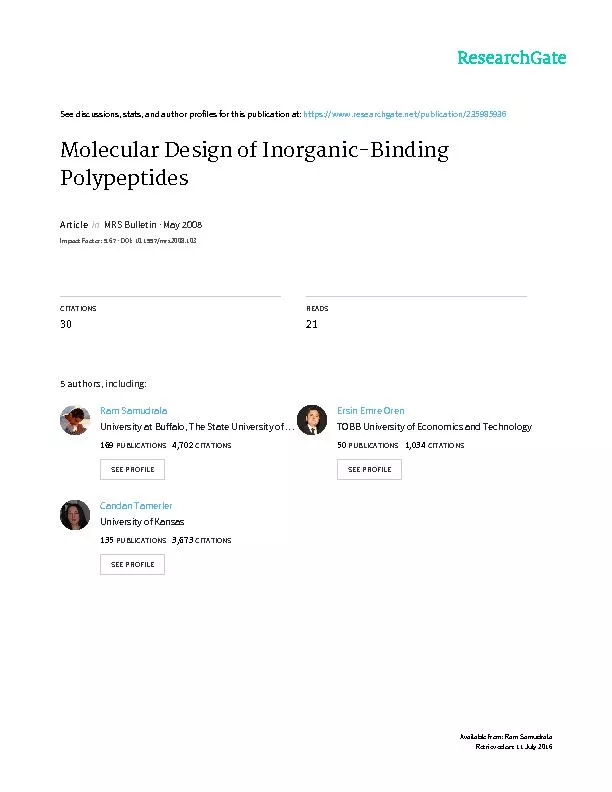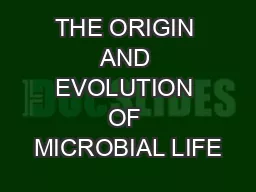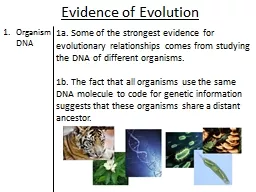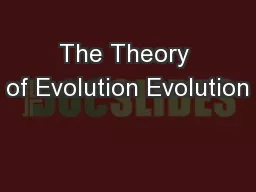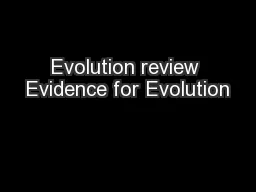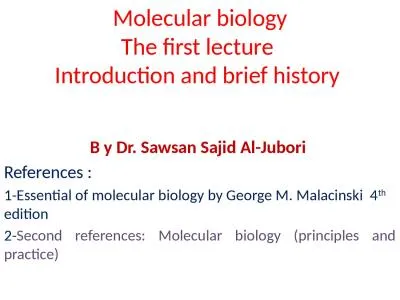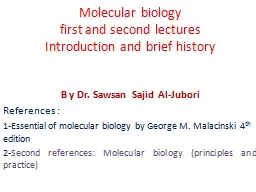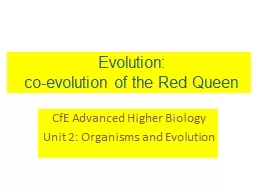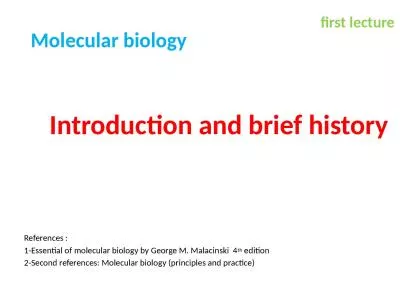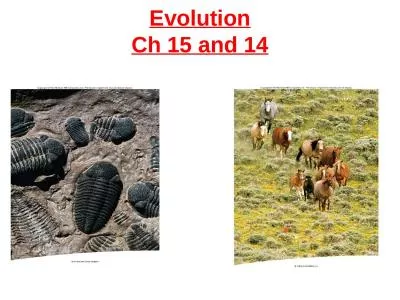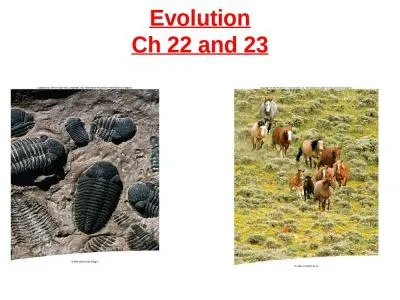PPT-Evolution and Modern M olecular
Author : daniella | Published Date : 2022-06-08
B iology E vidence Leonard Brand PhD Professor of Biology and Paleontology Department of Earth and Biological Sciences Loma Linda University History of scientific
Presentation Embed Code
Download Presentation
Download Presentation The PPT/PDF document "Evolution and Modern M olecular" is the property of its rightful owner. Permission is granted to download and print the materials on this website for personal, non-commercial use only, and to display it on your personal computer provided you do not modify the materials and that you retain all copyright notices contained in the materials. By downloading content from our website, you accept the terms of this agreement.
Evolution and Modern M olecular: Transcript
Download Rules Of Document
"Evolution and Modern M olecular"The content belongs to its owner. You may download and print it for personal use, without modification, and keep all copyright notices. By downloading, you agree to these terms.
Related Documents

